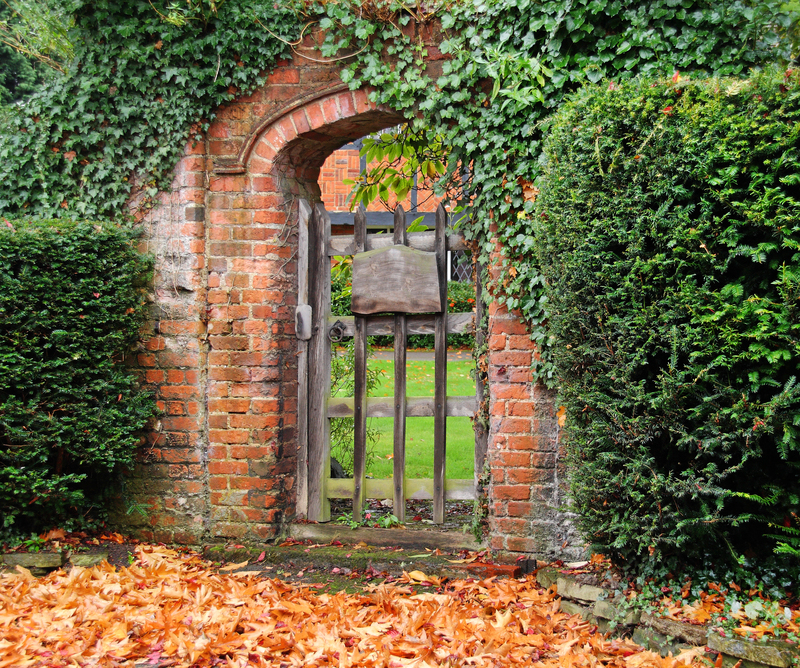Fall Hedge Maintenance: Top Tips
Posted on 05/11/2024
As the vibrant hues of summer give way to the golden shades of fall, it is crucial to prepare your garden for the colder months. One key aspect of this preparation is fall hedge maintenance. Well-cared-for hedges can significantly enhance the aesthetics of your landscape while providing privacy and acting as windbreakers. This article will present you with top tips to ensure your hedges stay healthy and beautiful through the fall and into winter.
Understanding the Importance of Fall Hedge Maintenance
Fall is a critical time for garden care. The cooling temperatures and reduced daylight signify that plants, including your hedges, are entering a period of dormancy. Proper fall maintenance ensures that your hedges can survive the winter and thrive come spring. Neglecting them during this period can lead to a host of issues such as winter burn, pest infestations, and poor growth.

Pruning: The Essential First Step
Pruning is perhaps the most important task in fall hedge maintenance. This involves removing dead, diseased, or damaged branches, as well as shaping the hedge to encourage healthy growth. Here's a step-by-step guide to effective pruning:
- Timing: Early fall is the best time for pruning because it gives the hedge enough time to heal before winter sets in.
- Tools: Ensure you have sharp, clean pruning shears. Dull or dirty tools can cause damage and spread diseases.
- Technique: Make clean cuts at a slight angle to prevent water accumulation. Remove dead wood first, followed by thinning out dense areas to enable light and air penetration.
Mulching: Protecting Roots and Conserving Moisture
Mulching is a crucial step in maintaining hedges. A good layer of mulch can help insulate the soil, retain moisture, and suppress weeds. Here are some tips for effective mulching:
- Material: Organic mulches such as wood chips, bark, or compost are excellent choices. They decompose over time, enriching the soil.
- Application: Apply a 2-4 inch layer around the base of the hedge. Ensure the mulch does not touch the stems directly to prevent rot.
Watering: Keeping Your Hedges Hydrated
Even though the fall weather is cooler, it's important to keep your hedges well-hydrated. Watering helps prevent stress and ensures the roots are moist, especially as the ground begins to freeze. Here are some watering tips:
- Frequency: Water deeply and less frequently. This encourages the roots to grow deeper and more robust.
- Amount: Ensure the soil is moist but not waterlogged. Over-watering can lead to root rot.
- Timing: The best time to water is early in the day, allowing the foliage to dry before nightfall, which helps prevent fungal diseases.
Fertilizing: Boosting Nutrient Levels
After a heavy summer of growth, your hedges will benefit from a nutrient boost. Fall is an excellent time to fertilize as it provides the necessary nutrients to store for the winter and use in spring. Here are some tips on fertilizing:
- Type: Use a balanced, slow-release fertilizer that includes essential nutrients such as nitrogen, phosphorus, and potassium.
- Application: Follow the instructions on the fertilizer package. Typically, you spread it around the base of the hedge and water it in well.
Pest and Disease Control: Preventing Winter Issues
Fall hedge maintenance isn't just about pruning and watering; it's also essential to keep an eye out for pests and diseases. Inspect your hedges thoroughly and take action if you find any issues. Here are some tips:
- Inspections: Look for signs of pests such as chewed leaves, abnormal growths, or discoloration.
- Treatments: If you find pests or diseases, treat them promptly with appropriate organic or chemical solutions. Consult a local garden center for product recommendations.
- Cleanliness: Remove fallen leaves and debris around the base of the hedge as they can harbor pests and diseases.
Using the Right Tools: Efficiency and Safety
Having the right tools can make a big difference in how effectively and safely you can maintain your hedges. Here's what you might need:
- Pruning Shears: For cutting small branches.
- Loppers: For thicker branches that shears can't handle.
- Gloves: To protect your hands while working.
- Hose or Watering Can: For efficient watering.

Winter Protection: Prepping for the Cold Months
Once the initial fall maintenance tasks are completed, preparing your hedges for winter is the next step. Harsh winter conditions can damage your hedges if they are not properly protected. Here are some additional tips:
- Windbreaks: Use burlap or other materials to create windbreaks for young or delicate hedges.
- Anti-Desiccants: Apply anti-desiccant sprays to evergreen hedges to prevent winter burn.
- Snow Removal: Gently brush off heavy snow from the branches to prevent breakage.
Conclusion: Keeping Your Hedges Healthy Year-Round
Fall hedge maintenance might seem like a daunting task, but with these top tips, you'll be well-equipped to handle it efficiently. Pruning, mulching, watering, fertilizing, and protecting against pests and winter damage are all essential steps in ensuring your hedges remain healthy and attractive all year round. By investing a little time and effort into fall maintenance, your hedges will not only survive the winter but thrive in the upcoming spring, enhancing the beauty and function of your garden.




